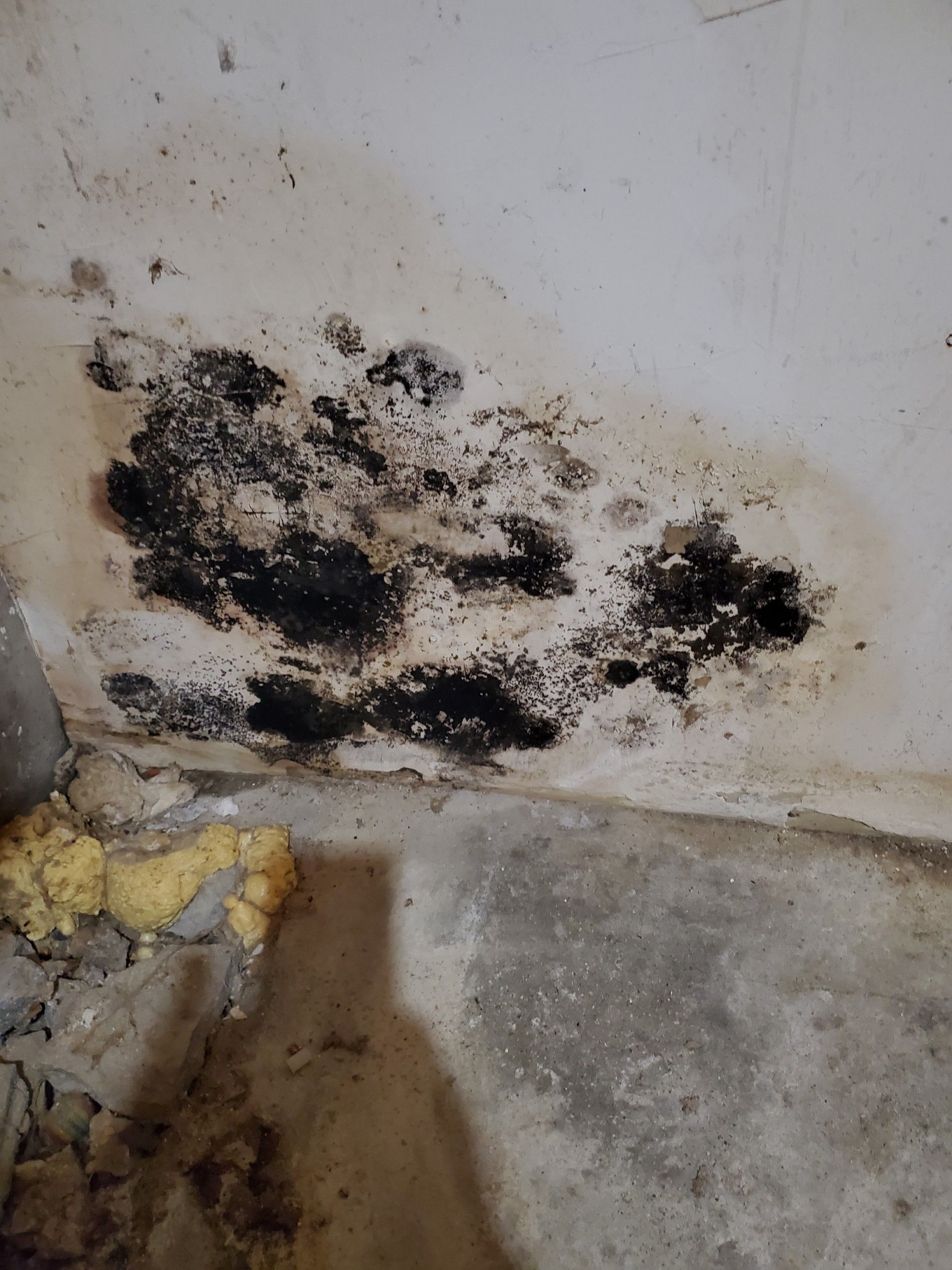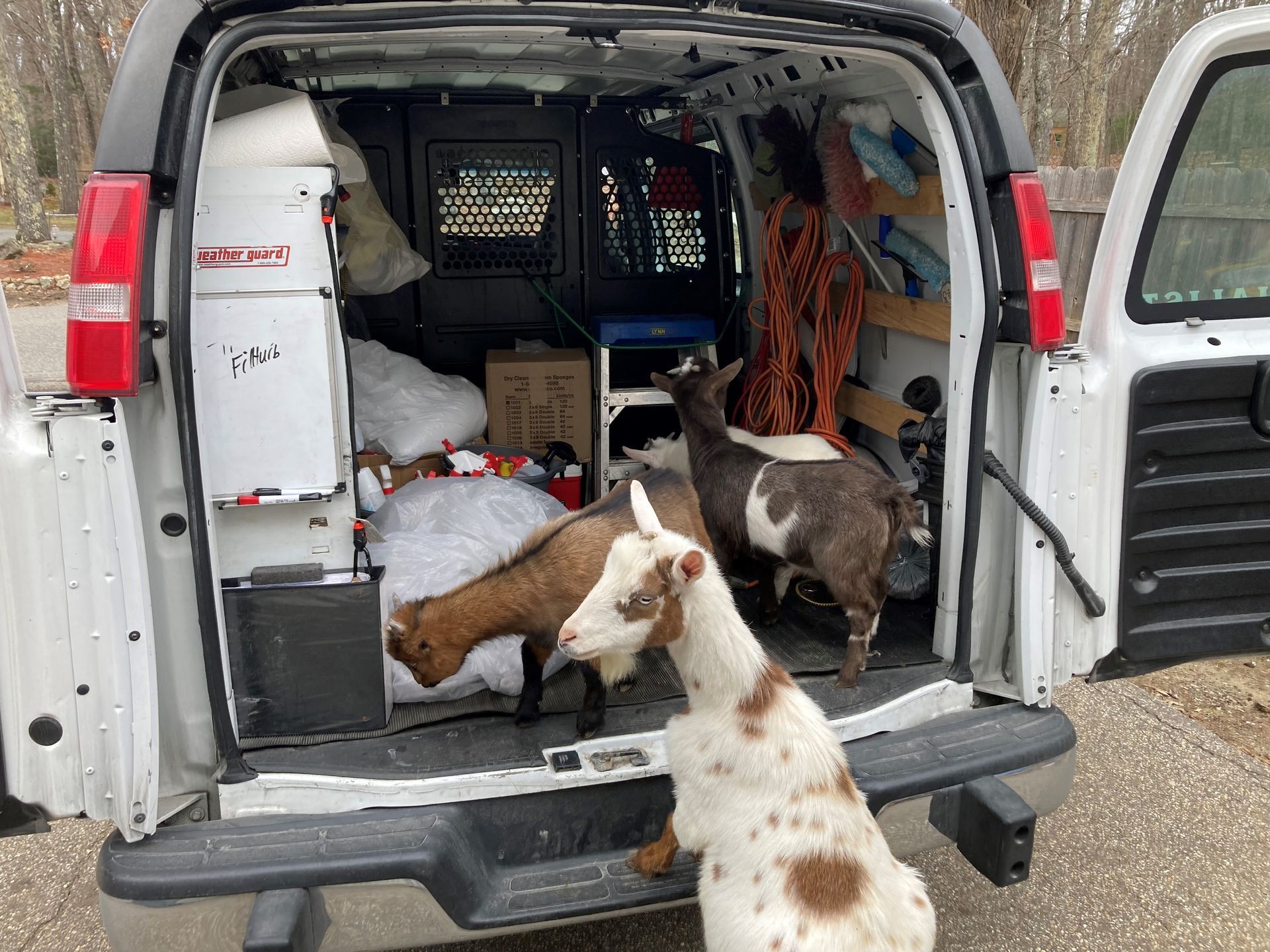The Most Common Causes of Home Damage in New England
The Most Common Home Damage in Massachusetts and How to Prevent Each
A home is the most important building we have during our lives, it houses our special memories, personal belongings and our loved ones. Unfortunately though, our homes are not immune to damage and when problems occur it can cause a lot of distress and be very expensive to repair.
However, there are a few easy things you can do around the house to contribute to damage prevention to be better prepared in the event of unexepected circumstances.
Below are the most common causes of house damages and tips on how you can prevent them:
1. Burst pipes
A broken pipe can result in significant harm to your home and its belongings. The two conditions most likely to destroy a pipe are extremely low temperatures and drawn-out, bitterly cold winters.
Harm that has already occurred can be expensive and a major annoyance, but certain preventative steps can help you avoid future damage.
Prevention
A pipe can explode if a frozen garden hose is left outside. Once filled with ice, the hose will expand, increasing the pressure inside the pipes.
One of the simplest methods to safeguard your house against harm is to remember to remove hoses from pipes before it gets chilly and to store them away until warmer weather.
Periods when you’re away on vacation or on business can also leave your home at risk. Before you leave, check the temperature of your home and ensure that it’s maintained at 55 degrees or above. Also, before you leave, you should shut off your water supply. Lastly, ask a neighbor to check on your house at regular intervals during your absence, especially during cold spells.
2. Flooding
Flooding can do thousands of dollars' worth of damage to your home as well as ruin expensive items and priceless memories. Not only that, but consider that not all causes of flooding are covered by insurance, costs for which can put a heavy dent in your wallet.
It’s incredibly important to do as much as you can to prevent flooding from occurring in the first place, especially if you're in an area prone to it.
Prevention
You should first consider dry proofing (also called flood proofing) your home. These practices include raising the thresholds of the doors, sealing both your windows and doors, and adding flood shields to the various openings.
It’s also a good idea to use materials that are flood - resistant. These have been specifically developed to assist in flood proofing homes. Such materials can withstand prolonged contact with water and survive with little to no harm.
As much as it’s feasible, raise appliances and utilities above the base flood elevation (BFE) for your location. This might not only save them from suffering expensive damage, but in the aftermath of a flood, this important step could also keep your home functional.
Some of these options can be pretty costly, so if you're looking for a cheaper way to prevent flood damage, consider rearranging your home. Place the majority of your valuable items on the upper levels of your home, so they'll remain safe in the event a flood does occur.
3. Ice dams
Ice dams are ridges of ice that develop at the edge of roofs and which obstruct the flow of water from melting the snow. The water that builds up behind the dam may leak into the house, causing harm to the insulation, walls, and ceilings, among other things.
Numerous issues might arise as a result of ice buildup, such as damage caused by its heavy weight. Thick ice can rip off gutters and weaken the edges of the roof. Damage can also extend to the interior of your home as well.
Pooled water that has built up behind the dam will get under the shingles and underlayment and also inside the home where it can do a lot of damage. Resulting damage may include degraded insulation and the formation of mold.
Because it can be difficult to notice this type of water damage until it’s already severe, prevention is key.
Prevention
In order to create air movement, you should consider installing a soffit-and-ridge vent system which serves to maintain roof temperature, thereby preventing ice dams from forming.
It’s also advisable to install a few feet of ice and water shield product, which helps guard against water damage.
Creating ventilation isn’t the only prevention step you should take, however. It’s also important to eliminate heat sources in your attic.
To prevent heat loss via the ceiling from the lower levels, the attic floor must have adequate insulation. Check for vulnerable areas such as pull-down steps up to the attic, an attic fan, ductwork, and recessed ceiling lights.
Ice dams have a harder time forming if the water can flow smoothly through the gutters (the whole purpose of gutters in the first place), and blocked gutters makes this impossible.
Also remember that when they’re blocked, the gutters themselves can sustain damage as frozen material accumulates in them.
4. Wind Damage
Wind can do a lot of damage to your home, pulling off your gutters or siding, knocking down trees onto your home, or creating debris piles on your roof. These storm-related damages may subsequently lead to water damage or even impair your home's structural integrity.
Prevention
To protect it, check your house frequently for weaknesses such as dents or cracks. In the event of a storm, these things can get worse. Make sure the plants and trees around your home are in good shape, and trim the branches of any that lie in close proximity.
Make sure your windows and doors are weatherproofed, and if necessary, get them repaired. To prevent severe winds from throwing your doors and windows open, make sure they’re all firmly closed. Also, remove any items that aren’t secured to the ground such as lawn furniture or tools, which in the event of strong winds can get hurled against your home.
5. Tree falls
Big, towering trees can make any yard more beautiful, provide shade, and even add some privacy to your home. However, those same trees can become dangerous with aging and illness, and also when storms hit.
Fortunately, making a few wise decisions while growing and maintaining your trees may help shield your home from potential damage.
Prevention
Before the storm season begins, an arborist should inspect your trees for stability. Also, after every significant wind event, as well as after a lot of snow or ice, look for tree damage.
Search the tree for damaged or twisted branches. Remove any minor branches yourself. However, whenever a huge branch is broken—or whenever you need to use a ladder to access the tree—you may need help from a professional.
Making wise decisions when initially planting your trees can also help. The distance from your house, for example, shouldn’t be less than the length of the tree’s branches. This can assist in preventing roots from undermining the foundation of your property and can also keep branches, mildew, and other pests off your roof.
6. Fire
Your home not only gives you a place to live, but also a location to create lifelong memories. One of the calamities that can completely destroy homes is fire. It can result in financial losses, thousands of injuries and fatalities, and major fire and smoke damage.
Although it's frightening to consider losing your house to a fire, there are many things you can take to stop fires from starting.
Prevention
The leading cause of home fires in America is heating equipment. Heating sources like central heating systems and space heaters have the potential to start a fire if not paid attention to. You should have an expert examine them once a year and also throughout the year change out the air filters. Also make sure to place your space heater far enough away from anything that may catch fire.
Smoke detectors are incredibly important and potentially save your life because they act as a warning signal. Battery-operated detectors should be checked regularly to see if it's still functioning, every couple months or so. Simply pushing your alarm's button will do. A feeble beep indicates that the batteries need to be changed right away.
The next thing you need to be aware of is food particles that can accumulate in your oven and on your stovetop which can cause them to burst into flames. Remember to clean these areas routinely, especially cooktops and gas burners, both of which are especially vulnerable.
Dryer fires are another problem. Every year thousands of them break out in homes across the US. However, with good practices such as having your dryer examined once a year and making sure to clean out your lint trap with every load, this scenario is largely avoidable.
Other fire prevention awareness involves cords. Make sure your outlets aren't overloaded with too many plugged-in appliances, as these are common fire starters. You should also be careful of frayed or chewed cords, which can ignite with just one spark. Lastly, avoid running cords between your wall and furniture or beneath rugs, since these have a greater tendency to grow heated and cause risk.
Common cosmetics, home cleansers, and hair products can all be categorized as flammable goods - think shaving cream and hairspray. Do not place these items near a powerful heat source as they can often catch fire.
Keeping an eye on your fireplace is also very important to house fire prevention. Fireplaces and chimneys which are not properly maintained and cleaned are huge sources of home fires. And once you’ve actually lit a fire, you should always remain in the room until it’s out.
Ash disposal is also key. Only dispose of ashes after they’ve had time to completely cool down. Doing this step prematurely can be a major source of unwanted fire.
Lastly, invest in a fire extinguisher. In the event that a fire starts, they can be true life savers. Having one on every floor of your home is beneficial so that they’re easily accessible no matter where in your home the fire starts. In high-risk rooms like the laundry room and kitchen it’s especially important to have one. As they only last between five and fifteen years, though, make sure to check their expiration dates.
7. Mold
The thought of mold is almost never pleasant, especially when thinking of it growing within your own home. It’s actually a valid concern, because mold spores are very contagious and nearly impossible to eliminate completely.
Mold can develop in places like the space within your walls, ceiling tiles, carpets, and even within your clothes. It can cause all kinds of health issues such as creation of irritants and allergies, and can sometimes even act as a deadly poison. Once it’s in your home, it can be very difficult and expensive to remove, so the best thing you can do for your health and home is to prevent it from being there in the first place.
Prevention
The first thing you can do is identify the trouble spots in your home and make them mold resistant. Usually, these areas include anywhere that accrues moisture easily, such as the rooms in your basement. Remedies can range from something as simple as fixing faulty gutters to more significant fixes such as extensive excavation and waterproofing.
Without moisture, mold cannot develop, so dry wet spots as soon as possible. Simple things such as drying floors after you take a shower or avoiding leaving damp clothing in the washer are very important. Also, if you've had a flood, remove any furniture, bedding, or carpeting that has water damage if those items can’t be fully dried.
Ensure that you have enough ventilation in your bathroom, kitchen, laundry room, and any other high-moisture location, as these can prevent mold, even through routine activities like preparing supper, taking showers, or doing loads of laundry. Open a window or turn on an exhaust fan when cooking, doing the dishes, or taking a shower; otherwise your home may trap moisture inside and provide the perfect environment for mold to grow.
Call Craftech to remediate fire, water, mold or soot damage.
Even if you do your best to prepare, unexpected disaster and damage to your home can still occur. When this happens and the damage is extensive, it can feel overwhelming.
Craftech is here to help you get back to normal and restore your property! With over 50 years of expertise, you can trust us to get the job done.
If you are experiencing any home damage in the New England area, give us a call!




